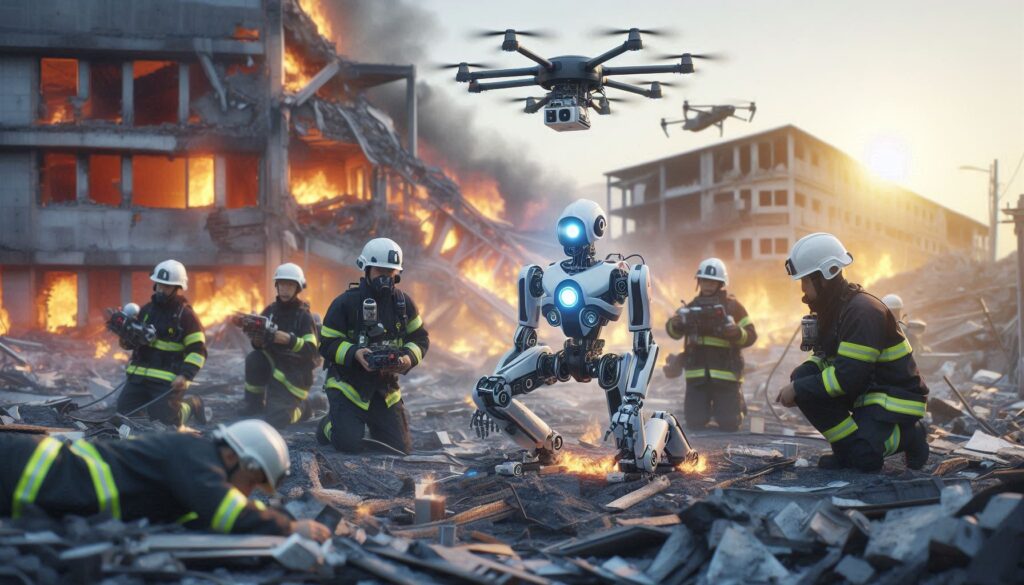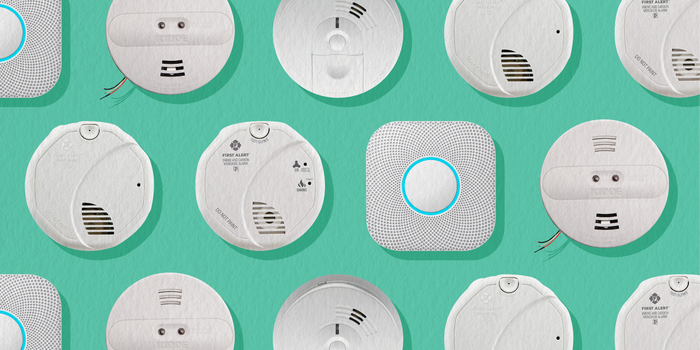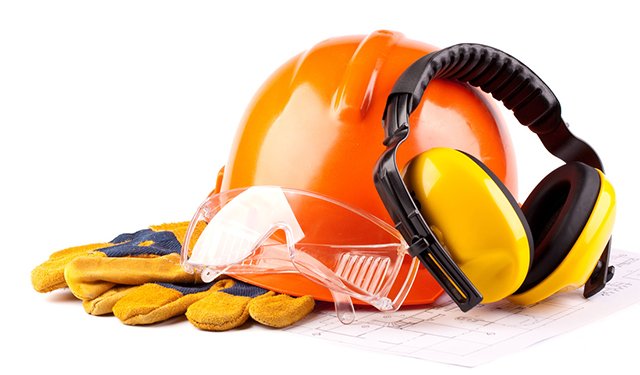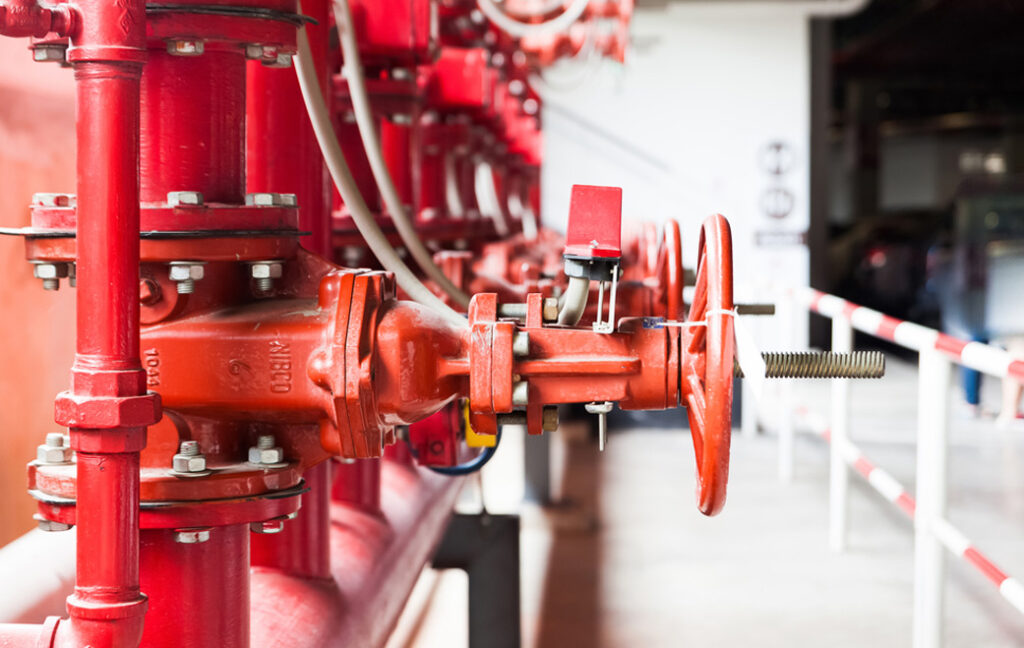Analyzing the synergy between aerial and ground robots in mapping, navigation, and executing complex fire suppression tasks.
In the face of increasing natural and human-induced disasters, the integration of advanced technologies into emergency response systems has become more critical than ever. Among these technologies, robotics has emerged as a transformative tool in fire and rescue missions. While aerial drones (unmanned aerial vehicles or UAVs) and ground robots have independently demonstrated their effectiveness in firefighting and search-and-rescue operations, their combined use—known as air-ground collaborative robotics—offers unparalleled potential for tackling complex emergencies.
Air-ground collaborative robotics refers to the synergy between aerial and ground robotic systems, working together to map disaster areas, navigate challenging environments, and execute intricate tasks such as fire suppression or victim extraction. By leveraging their complementary capabilities, these robotic systems can enhance situational awareness, improve mission efficiency, and, most importantly, protect human responders from life-threatening situations.
In this blog post, we’ll explore how air-ground collaborative robotics works, its applications in fire and rescue missions, and the challenges and opportunities of adopting this cutting-edge technology.
The Need for Collaborative Robotics in Fire and Rescue
Fire and rescue missions are among the most dangerous and unpredictable emergency response scenarios. Whether it’s a wildfire ravaging vast landscapes, a structural fire engulfing a building, or a disaster involving hazardous materials, these situations often involve extreme heat, poor visibility, unstable structures, and toxic environments. Human firefighters and rescuers face immense risks, including burns, smoke inhalation, and physical injuries.
Traditional firefighting and rescue strategies, while effective to some extent, have limitations in terms of speed, precision, and safety. This is where robotics comes into play. Aerial drones can provide a bird’s-eye view of the scene, while ground robots can navigate hazardous environments to perform on-the-ground operations. However, when these systems work collaboratively, their combined capabilities create a more efficient and comprehensive approach to disaster response.
How Air-Ground Collaborative Robotics Works
Air-ground collaborative robotics relies on the seamless integration of aerial and ground robotic systems, allowing them to communicate, share data, and work in tandem to accomplish shared objectives. The collaboration typically involves the following key components:
1. Aerial Drones (UAVs)
Aerial drones are equipped with sensors, cameras, and communication systems to perform tasks such as:
- Mapping and Surveillance: Drones can fly over the disaster area to create real-time maps, identify fire hotspots, and assess the extent of damage.
- Navigation Assistance: By scanning the environment from above, drones can guide ground robots through complex or hazardous terrain.
- Fire Suppression: Some drones are designed to carry and deploy fire retardants or water in hard-to-reach areas.
2. Ground Robots
Ground robots are designed to operate in environments where human responders cannot safely go. Their capabilities include:
- Obstacle Navigation: Ground robots can traverse rubble, debris, or rough terrain to perform rescue or suppression tasks.
- Victim Search and Rescue: Equipped with thermal cameras and sensors, ground robots can locate trapped victims in low-visibility conditions such as smoke-filled buildings.
- Firefighting Tools: Certain ground robots are equipped with hoses, nozzles, or other firefighting tools to directly combat flames.
3. Communication and Coordination
The effectiveness of air-ground collaborative robotics depends on robust communication and coordination between the aerial and ground systems. This is achieved through:
- Shared Data Networks: Both aerial and ground robots share real-time data with each other and with human operators, ensuring seamless collaboration.
- Autonomous Decision-Making: Advanced algorithms enable the robots to make decisions autonomously, such as adjusting their routes or tasks based on changing conditions.
- Human Oversight: While the robots operate autonomously, human operators can intervene when necessary, providing strategic guidance or making critical decisions.
Applications of Air-Ground Collaborative Robotics in Fire and Rescue
Air-ground collaborative robotics can be applied to a wide range of fire and rescue scenarios, offering unique advantages in terms of speed, precision, and safety.
1. Wildfire Management
Wildfires are among the most challenging fire events to manage due to their scale, intensity, and unpredictability. Air-ground collaborative robotics can play a crucial role in wildfire suppression by:
- Mapping and Monitoring: Drones can provide real-time aerial imagery of the wildfire’s spread, while ground robots analyze the terrain and vegetation to predict fire behavior.
- Firebreak Creation: Ground robots can clear vegetation to create firebreaks, while drones guide them by providing aerial reconnaissance.
- Targeted Suppression: Drones and ground robots equipped with water or fire retardant systems can work together to suppress hotspots, reducing the need for human firefighters in dangerous areas.
2. Urban Firefighting
Structural fires in urban settings present unique risks, such as collapsing buildings, dense smoke, and limited visibility. Collaborative robotics can assist in urban firefighting by:
- Building Inspections: Drones can quickly assess the structural integrity of a burning building, identifying safe entry points for ground robots or human firefighters.
- Victim Location: Ground robots equipped with thermal imaging cameras can locate victims trapped inside smoke-filled buildings, while drones provide guidance from above.
- Fire Suppression: Ground robots can navigate narrow hallways or staircases to deliver water or extinguishing agents directly to the fire.
3. Hazardous Material Incidents
Incidents involving hazardous materials, such as chemical spills or gas leaks, require extreme caution to avoid exposing responders to toxic substances. In such scenarios, collaborative robotics can:
- Survey the Area: Drones equipped with chemical sensors can detect hazardous substances from a safe distance, while ground robots collect samples or deploy containment measures.
- Contain the Threat: Ground robots can deploy barriers or absorbent materials to prevent the spread of hazardous substances, guided by aerial drone surveillance.
4. Search and Rescue Missions
In disaster scenarios where victims are trapped under rubble or in inaccessible areas, air-ground collaborative robotics can:
- Locate Survivors: Drones and ground robots equipped with thermal sensors or acoustic detection systems can identify signs of life in collapsed structures.
- Deliver Supplies: Drones can drop medical supplies or communication devices to trapped victims, while ground robots work to clear debris.
Advantages of Air-Ground Collaborative Robotics
The integration of aerial and ground robots offers several advantages over traditional fire and rescue methods, including:
1. Enhanced Situational Awareness
By combining aerial and ground perspectives, collaborative robotics provides a more comprehensive understanding of the disaster scene, enabling better decision-making.
2. Increased Efficiency
Robots can perform tasks such as mapping, navigation, and suppression faster and more precisely than human responders, reducing the time needed to contain emergencies.
3. Improved Safety
By deploying robots in hazardous environments, human responders can avoid exposure to extreme heat, toxic substances, or unstable structures.
4. Scalability
Collaborative robotics systems can be scaled up or down depending on the size and complexity of the disaster, making them suitable for both small-scale and large-scale missions.
Challenges in Implementing Collaborative Robotics
Despite their potential, air-ground collaborative robotics faces several challenges that must be addressed to maximize their effectiveness:
1. Communication and Coordination
Maintaining reliable communication between aerial and ground robots, especially in environments with smoke, debris, or electromagnetic interference, is a significant challenge.
2. Autonomy and Decision-Making
While robots are increasingly capable of autonomous operation, complex and dynamic scenarios often require human oversight. Striking the right balance between autonomy and human control is crucial.
3. Cost and Accessibility
The development, deployment, and maintenance of collaborative robotics systems can be expensive, potentially limiting their adoption by smaller firefighting agencies.
4. Regulatory Hurdles
The use of drones and robots in emergency response is subject to strict regulations, particularly regarding airspace management and safety.
The Future of Air-Ground Collaborative Robotics
As technology continues to evolve, the capabilities of air-ground collaborative robotics will only improve. Emerging trends include:
- AI-Driven Collaboration: Advances in artificial intelligence will enable robots to coordinate more effectively, making autonomous decisions based on real-time data.
- Improved Sensors: Next-generation sensors will enhance the ability of robots to detect heat, gases, and structural weaknesses, improving their performance in fire and rescue missions.
- Integration with Human Teams: Future systems will focus on seamless integration with human responders, allowing for more efficient collaboration between robots and firefighters.
- Cost-Effective Solutions: As technology becomes more affordable, collaborative robotics systems will become accessible to a wider range of agencies.
Conclusion
Air-ground collaborative robotics represents a groundbreaking approach to fire and rescue missions, combining the strengths of aerial and ground robots to tackle complex emergencies with greater efficiency and safety. By enhancing situational awareness, improving resource allocation, and reducing risks to human responders, this technology has the potential to revolutionize disaster response.
While challenges remain, continued advancements in robotics, artificial intelligence, and communication technologies will pave the way for more effective and accessible collaborative systems. As we confront an era of increasing natural disasters and emergencies, air-ground collaborative robotics will be a critical tool in protecting lives, property, and the environment.





